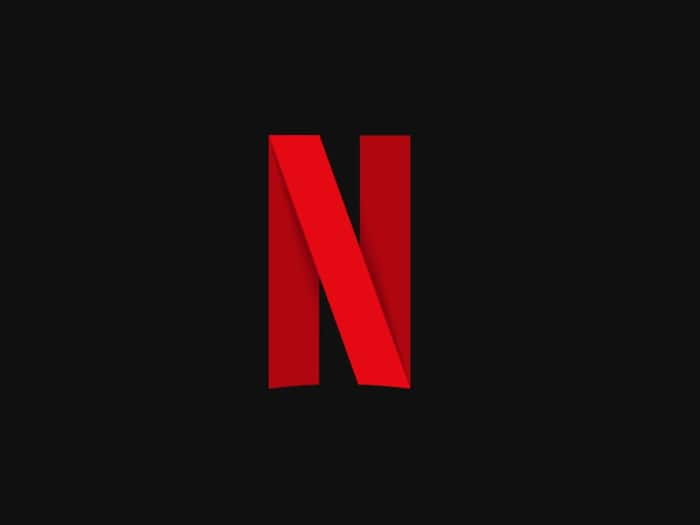
Written By Madhav Malhotra
Published By: Madhav Malhotra | Published: Apr 14, 2025, 12:17 PM (IST)

AI has taken over the tech industry and is rapidly becoming an integral part of our daily lives. With major players like Google, Apple, and Meta showcasing their advancements in artificial intelligence, Netflix is now stepping into the spotlight with its own AI-powered search engine, made in collaboration with OpenAI. Also Read: OpenAI CONFIRMS ChatGPT Data Leak Mixpanel Breach: Should You Worry?
Unlike the current search functionality that relies on basic inputs like titles, genres, or actor names, Netflix’s new AI tool will take content discovery to a whole new level. This AI search engine allows users to find shows using natural language and even based on their mood or preferences. Also Read: OpenAI Denies Wrongdoing In Teen Suicide Suit, Says ChatGPT Urged Teen To Seek Help
While Netflix already uses machine learning and AI-driven algorithms to recommend shows based on the user’s previous viewing history, this new tool will take things up a notch by giving a more personalised experience. For instance, if a user searches for a show that isn’t available on the platform, the AI will suggest similar titles that match the vibe or theme of the original show. Also Read: How To Convert Your Image Into Stranger Things Effect Using Google Nano Banana; Check Prompts Here
Netflix is testing new search technology powered by OpenAI that helps users find TV shows and movies using more specific terms—including their mood. pic.twitter.com/5yHAJd7t8v
— Pubity (@pubity) April 12, 2025
Currently, the feature is in its early testing phase and has been rolled out to a limited set of users in Australia and New Zealand. Although there’s no official release date yet, Netflix spokesperson MoMo Zhou confirmed that the experimental feature is expected to expand to users in the United States over the “coming weeks and months.”
Given India’s significance as a major market for Netflix, it’s likely that this feature will also reach Indian users in the near future, but right now the company appears to be focusing on gathering feedback and fine-tuning the feature before a wider rollout.